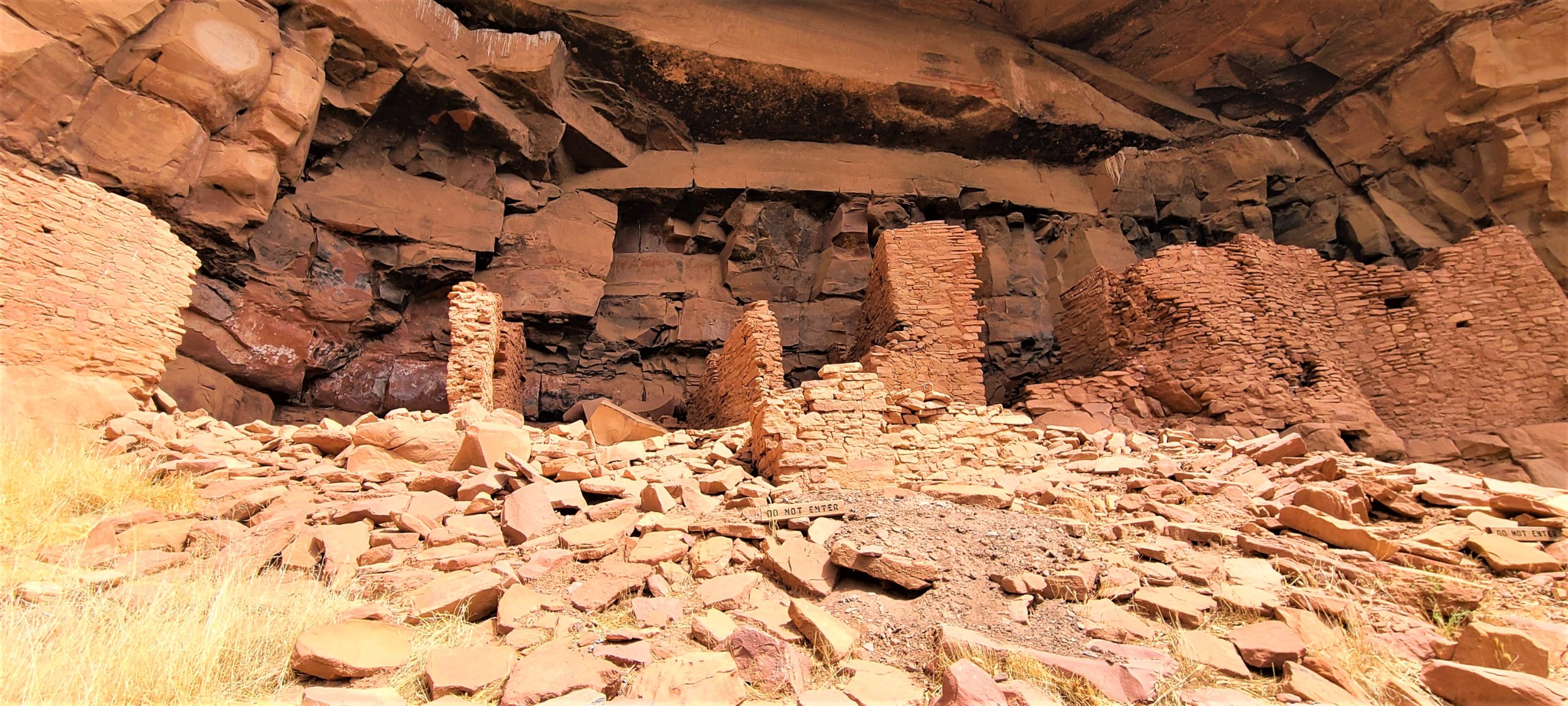Our adventures continued with a visit to the Honanki Ciff Dwellings about 15 miles outside of Sedona in the Coconino National Forest. If you have never been, we highly recommend taking the time to go! There’s just something special about feeling like you are taking a step back in time. I imagine we had a fairly similar view of the area as the people who occupied the cliff dwellings long ago. History has always interested me so I was pretty excited to have the opportunity to explore these ruins.

We rented some razors from Red Rock ATV (https://atvrentalssedona.com/) because the trails to the site are quite bumpy and mostly unpaved. I was surprised to see some brave souls in their personal vehicles….and not all of them were made to go off road! The area was beautiful and we were glad the day was overcast….I imagine it can get pretty darn hot out there. Red Rock ATV supplied us all with coolers full of water which was much appreciated even on a cloudy day.

The views out to the Honanki ruins did not disappoint and those of us not driving snapped many photos. Really, the entire area surrounding Sedona is spectacular even if you’re being jostled around in an off road rig. We made sure to head straight to the ruins before spending too much time exploring more of the area since the site is only open until 3pm (managed by the US Forest Service). You will need to pay a small fee to park in the parking area unless you have a Red Rock pass or America the Beautiful pass so be prepared for that. And if you need them – there are vault toilets near the parking area.

We took a short (less than a mile) hike along a fairly flat trail that led to the cliff dwellings themselves. This particular site was one of the largest cliff dwellings between 1150 and 1350 AD; its sister site, called Palatki, that was the other. It’s incredible to see a well preserved site that has many walls still standing. It was interesting to learn that people had lived in pithouses on the same site for hundreds of years prior to building into the cliff wall.

Even more fascinating were the pictographs still visible on the cave walls – some of them dating back to 2000 BC. There are different types of images made by different cultures who lived in the area. They range from bright white, dark red or deep purple, charcoal, and even some scratched directly into the rock. Unfortunately vandalism is also evident but looking at the drawings made from ancient peoples was truly something to experience.

The site was occupied by at least three different cultures at different times: Sinagua, Yavapai, and Apache. The dwellings were built snuggly against the butte rising up from the ground; the large trees provided much needed shade. The name, “Honanki,” was given by archaeologist Jesse Walter Fewkes who studied the sites and means “Bear House” in Hopi. While some of the rooms were destroyed by a large fire, the stones were reused to build new rooms – you can still see some of them bearing the scars from that fire.

The site was not crowded at all when we were there although it got busier as we were heading back out. If you can go during a time that is more quiet, I would recommend it. It’s nice to be able to take your time and just experience the site with very little noise around you other than the sounds of nature.

The area really is special and we can understand why people have been drawn here for centuries. We can’t wait to head back out to do more hiking and exploring. Maybe we’ll see some of you out there!
Check out the short video of this outing on our YouTube channel: https://youtu.be/VDNvheRn_50
